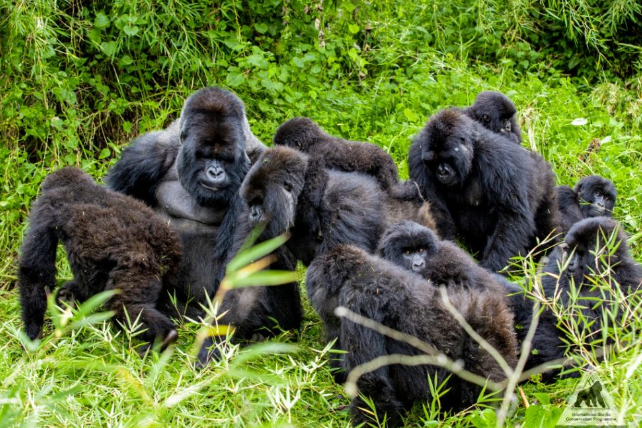How Gorillas React to Environmental Changes
Gorillas are fascinating creatures that play a crucial role in their ecosystems. Understanding how they respond to environmental changes is essential for conservation efforts and enhancing our knowledge of these gentle giants. This article delves into the ways gorillas adapt to shifts in their surroundings and what that means for their survival.
The Impact of Habitat Loss
One of the most significant challenges gorillas face is habitat loss, primarily due to deforestation and human activities. As their living spaces shrink, gorillas must adapt to new environments often leading to behavioral changes. For instance, they may alter their foraging habits, seeking food sources in unfamiliar areas or adjusting their daily routines. This stress can result in changes to their social structures and communication methods as they navigate altered landscapes.
Behavioral Adaptations to Climate Change
Climate change poses another threat to gorillas, affecting their food supply and overall health. With rising temperatures and unpredictable weather patterns, gorillas may find it increasingly difficult to locate their preferred fruits and vegetation. In response, they may expand their foraging range or become more opportunistic in their feeding behaviors. Observations show that some gorilla groups spend more time foraging in the cooler parts of the day, showcasing their ability to modify their habits to cope with environmental stresses.
Social Dynamics in Changing Environments
Gorillas are highly social animals, and changes in their environment can disrupt family groups and social hierarchies. When resources become scarce, competition increases, leading to tension among individuals. In some cases, stronger males may assert dominance, impacting group cohesion. However, gorillas possess remarkable social bonds, and these relationships often help them cope with external pressures. Families may band together to strengthen their support systems, showcasing a sense of resilience amid adversity.
In Conclusion
Gorillas possess remarkable adaptability, enabling them to survive relentlessly in diverse environments. Understanding their lifestyles and coping mechanisms not only helps in developing more effective conservation strategies but also promotes the balance and health of ecosystems. As our understanding of these majestic animals deepens, humanity is gradually recognizing their irreplaceable role in Earth’s ecosystem.
Many artists who love nature and wildlife have infused their art with the power and spirit of gorillas, resulting in breathtaking gorilla sculptures and paintings.
If you share a passion for gorillas and nature conservation, consider supporting local conservation projects or visiting wildlife sanctuaries to experience the charm of these magnificent creatures up close and learn about the challenges they face. Let art and action work together to protect this wild power.

